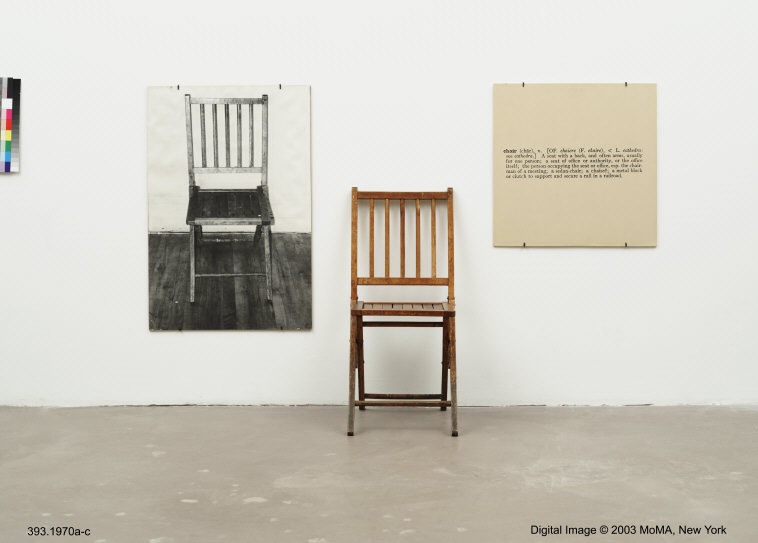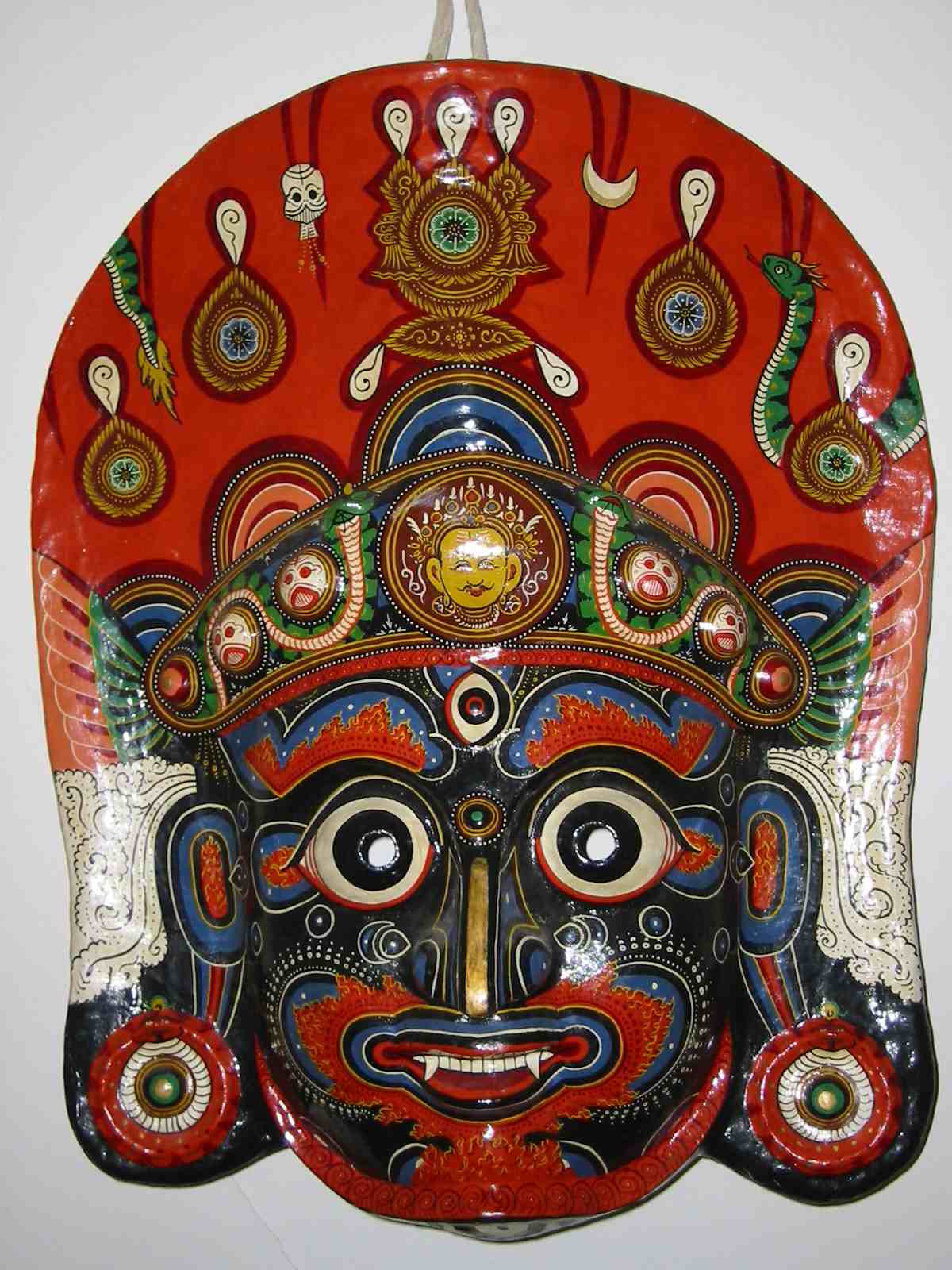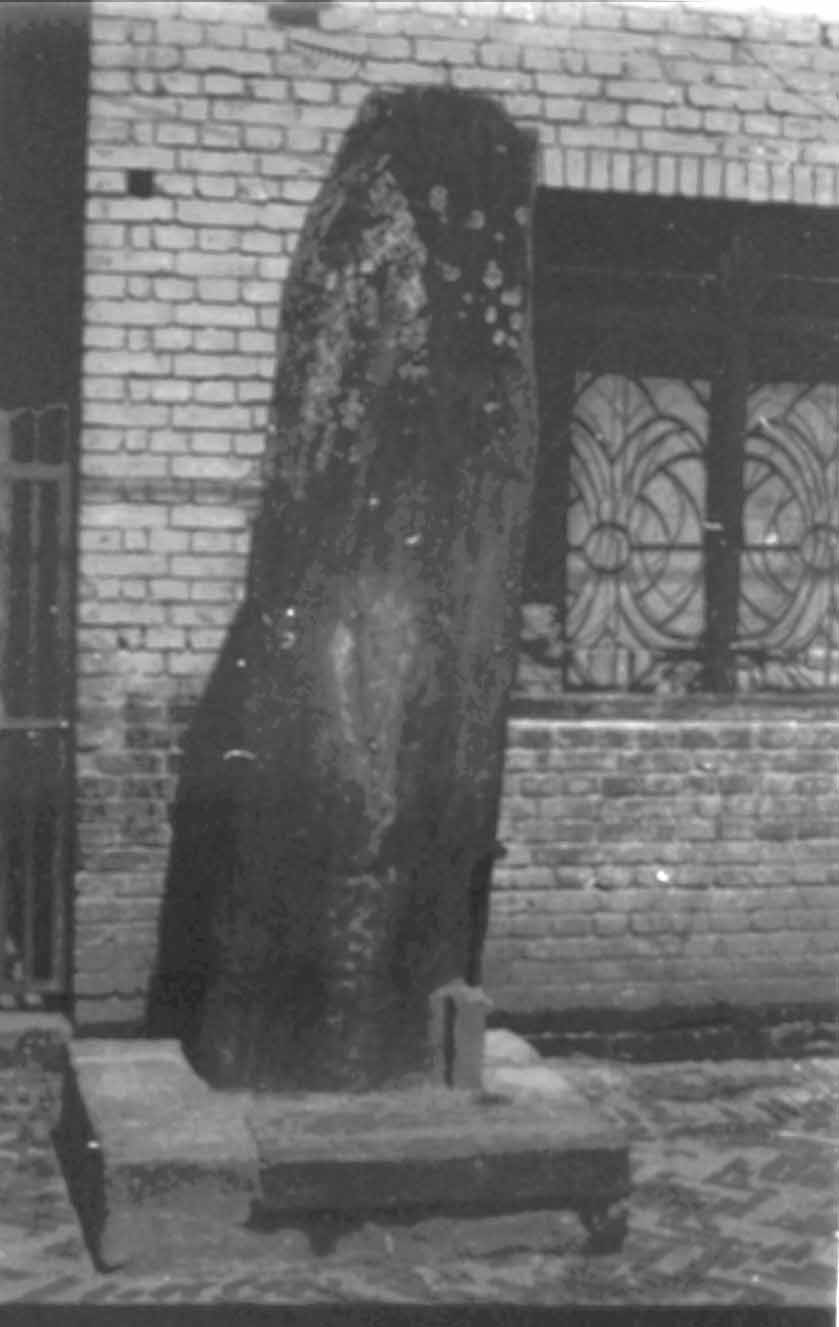Modeling Analytic
The desire to “write over images” occurs, because of the fear of the material. For instance, take a second look at Bhairava’s god-image. While many of us are outwardly too sophisticated to employ the nomenclature of idolatry and devil worship, the habit still lingers (Appadurai 1986; Eck 1981; Waghorne, Cutler, and Narayanan 1994). Not only is there systematic and widespread underemployment of the visual senses in every field of academic study (Arnheim 1969), but the field of religious studies creates patterns of knowledge by which all religious discourse is reduced to writing. This is especially ironic in the study of Hinduism, where god-images are the most obvious and empirically observable manifestation of religion in South Asia (Waghorne et al. 1985, 1994).
How can one look at god-images without being seduced by iconography’s
pictorial hypocrisy? That is, how can one write about images, without
writing over them? One method is to model’s one analysis on pictures
rather than words.
 With this strategy in mind, to analyze the ideological distinctions made
by different mediations of Bhairava’s god-images, I utilize a photograph
of One and Three Chairs by the conceptual artist Joseph Kosuth.
One and Three Chairs depicts a “real” chair, with
a photograph of a chair as well as a dictionary definition of a chair.
Rather than employing this work as “fine art,” I am using
it as a “readymade”(objet
trouvé) pictorial analytic model to illustrate the distinction
between different forms of mediation.
With this strategy in mind, to analyze the ideological distinctions made
by different mediations of Bhairava’s god-images, I utilize a photograph
of One and Three Chairs by the conceptual artist Joseph Kosuth.
One and Three Chairs depicts a “real” chair, with
a photograph of a chair as well as a dictionary definition of a chair.
Rather than employing this work as “fine art,” I am using
it as a “readymade”(objet
trouvé) pictorial analytic model to illustrate the distinction
between different forms of mediation.
What can Kosuth’s work offer to the study of iconography? While many have criticized conceptual art as being apolitical, works such as One and Three Chairs indicate that art works are not isolated images that can be understood as collections of symbols, but are part of a global process of mediation in which meaning is produced in the relation between producer and consumer. The potential for using art as an analytic tool is clear in Kosuth’s own writing. In “Art after Philosophy,” Kosuth develops a strong analogy between works of art and analytical propositions (1991 [1969]). Staging his arguments from within the philosophy of language, he maintains that the collapse of idealism at the beginning of the 20th century created a moment in which art could be emancipated from aesthetics. Kosuth mantains that this aesthetic emancipation allows artists to shift their focus from appearance to an image’s conceptual implications.While his early writing is confined to philosophic explorations of “play within the meaning system of art,” Kosuth’s later work is concerned with how culture is made (1991 [1969]). For instance, operating from a para-Marxist and postmodern stance, Kosuth’s “The Artist as Anthropologist,” maintains that “[a]rt must internalize and use its social awareness” (1991 [1975]). That is, to maximize its analytic value art work must be contextualized and conceived within their sociohistorical circumstance.
For Kosuth sociohistorical awareness centers on the physicality of the artwork as it is embedded in the midst of the material process of production and mediation. Accordingly, key for Kosuth is that artists must grasp the social conditions under which they produce their objects and make purposive interventions in the artistic apparatus as defined within the institution of its discursive field. In short, the artist need not dismiss the potential of art as an analytic tool, but must contextualize it in a vision of art and culture that can be understood and criticized precisely because it is humanly made.


![]() To
form a pictorial understanding of god-images that moves beyond iconography’s
hypocrisy, I model the remaining text on One and Three Chairs.
To illustrate the dictionary description, I give an account of the god
Bhairava’s symbolism. To reflect the
effects of photographic mediation, I argue
that iconographic mediation of god-images is composed of two “strategies,
symbolism and idolatry, by which the “punctum” is squeezed
out of photographic images. To depict the “real” chair’s
embedded social use I argue that Bhairava
must be understood as a murti: a humanly constructed deity whose material
element dominates. The material image gains “power” (shakti)
because it is brought to “life” (jivan) by being situated
in an everyday net (janjal) of religious practices.
To
form a pictorial understanding of god-images that moves beyond iconography’s
hypocrisy, I model the remaining text on One and Three Chairs.
To illustrate the dictionary description, I give an account of the god
Bhairava’s symbolism. To reflect the
effects of photographic mediation, I argue
that iconographic mediation of god-images is composed of two “strategies,
symbolism and idolatry, by which the “punctum” is squeezed
out of photographic images. To depict the “real” chair’s
embedded social use I argue that Bhairava
must be understood as a murti: a humanly constructed deity whose material
element dominates. The material image gains “power” (shakti)
because it is brought to “life” (jivan) by being situated
in an everyday net (janjal) of religious practices.

![]() Modeling Analytic
Modeling Analytic
